Transcription of Concrete Pavements, Volume II Guide for Curing of Portland ...
1 Guide for Curing of Portland CementConcrete Pavements, Volume IIPUBLICATION NO. FHWA-HRT-05-038 AUGUST 2006 Research, Development, and TechnologyTurner-Fairbank Highway Research Center6300 Georgetown PikeMcLean, VA 22101-2296 FOREWORD There has been a considerable amount of research over approximately the last 70 years on the theoretical aspects of Curing Portland cement Concrete . Early work focused principally on Portland cement hydration chemistry and the physics of developing microstructure. Later work incorporated features of pozzolanic reactions and other supplemental cementing materials. Because of this work, there is sufficient understanding of the theoretical aspects of the Curing process for concretes of conventional proportions using conventional materials to develop effective practical application rules.
2 The causes of when and where problems exist while Curing Portland cement Concrete pavement may be because of changes in Concrete technology that developed since the Curing guidance was written or from some details of paving construction practice that differed from the types of Concrete construction around which Curing guidance was developed. This report contains information on the current state of knowledge of Curing hydraulic-cement Concrete and on current Curing practice, gathered by means of a literature review and a review of current standard guidance. A separate report (FHWA RD-02-099 Guide for Curing of Portland Cement Concrete Pavements, Volume . I) was published in January 2005 and captures the details of the recommended guidance.
3 Gary L. Henderson Director, Office of Infrastructure Research and Development Notice This document is disseminated under the sponsorship of the Department of Transportation in the interest of information exchange. The Government assumes no liability for the use of the information contained in this document. This report does not constitute a standard, specification, or regulation.
4 The Government does not endorse products or manufacturers. Trademarks or manufacturers' names appear in this report only because they are considered essential to the objective of the document. Quality Assurance Statement The Federal Highway Administration (FHWA) provides high-quality information to serve Government, industry, and the public in a manner that promotes public understanding. Standards and policies are used to ensure and maximize the quality, objectivity, utility, and integrity of its information. FHWA periodically reviews quality issues and adjusts its programs and processes to ensure continuous quality improvement. Technical Report Documentation Page 1. Report No. FHWA-HRT-05-038 2. Government Accession No. 3. Recipient s Catalog No.
5 5. Report Date August 2006 4. Title and Subtitle Curing Portland Cement Concrete Pavements, Volume II 6. Performing Organization Code: CEERD-SC-A 7. Author(s) Toy S. Poole 8. Performing Organization Report No. ERDC-CMB 05-021 10. Work Unit No. 9. Performing Organization Name and Address Structures Laboratory USAE Research and Development Center (ERDC) 3909 Halls Ferry Road Vicksburg, MS 39180-6199 11. Contractor Grant No. DTFH61-98-Y-50030 13. Type of Report and Period Covered 12. Sponsoring Agency Name and Address Federal Highway Administration 6300 Georgetown Pike McLean, VA 22101-2296 14. Sponsoring Agency Code 15. Supplementary Notes Stephen Forster and Peter Kopac, Contracting Officer s Technical Representatives (COTR), HRDI-11 16.
6 Abstract Information on the current state of knowledge of Curing hydraulic-cement Concrete and on current Curing practice was gathered by means of a literature review and a review of current standard guidance. From this information, a draft Guide for Curing hydraulic-cement Concrete pavements was developed. Draft guidance was based around type of Curing used (water added, water retention by sheet, or Curing compound) and around temperature effects. As a result of review by the project technical advisory panel, additional information was gathered from existing sources on several subjects. Laboratory studies were conducted on topics for which information was needed but not currently available. The result of the investigation was a set of guidelines that focused particularly on attention to details of moisture retention and temperature immediately after placing (initial Curing period) and on details of selection of materials for final Curing and determining when to apply final Curing .
7 Test methods for evaluating application rate of Curing compound and effectiveness of Curing were also reported. A separate report (FHWA RD-02-099 Guide for Curing of Portland Cement Concrete Pavements, Volume I) has been written that captures the details of the recommended guidance. That report is intended to be the principal technology transfer medium. 17. Key Words Curing , Portland cement Concrete paving, Curing compound, evaporation reducers, initial set, final set, plastic shrinkage 18. Distribution Statement No restrictions. This document is available to the public through the National Technical Information Service, Springfield, Virginia 22161. 19. Security Classif. (of this report) Unclassified 20. Security Classif. (of this Page) Unclassified 21.
8 No of Pages 170 22. Price Form DOT F (8-72) Reproduction of completed page authorized ii SI* (MODERN METRIC) CONVERSION FACTORS APPROXIMATE CONVERSIONS TO SI UNITSS ymbol When You Know Multiply By To Find Symbol LENGTH in inches millimeters mm ft feet meters m yd meters m mi miles kilometers km AREA in2square inches square millimeters mm2ft2 square feet square meters m2yd2 square yard square meters
9 Miles square kilometerskm2 Volume fl oz fluid ounces milliliters mL gal gallons liters L ft3 cubic feet cubic meters m3 yd3 cubic yards cubic meters m3 NOTE: volumes greater than 1000 L shall be shown in m3 MASS short tons (2000 lb) megagrams (or "metric ton") Mg (or "t") TEMPERATURE (exact degrees) oF Fahrenheit 5 (F-32)/9 Celsius oC or (F-32) ILLUMINATION cd/m2 FORCE and PRESSURE or STRESS lbf poundforce newtons N lbf/in2poundforce per square inch kilopascals kPa APPROXIMATE CONVERSIONS FROM SI UNITS Symbol When You KnowMultiply ByTo Find Symbol LENGTHmm millimeters inches in m meters feet ft m meters yardsyd km miles mi AREA mm2 square
10 Millimeters square inches in2 m2 square meters square feet ft2 m2 square yards yd2 ha hectares square square miles mi2 Volume mL milliliters fluid ounces fl oz L liters gallons gal m3 cubic meters cubic feet ft3 m3 cubic meters cubic yards yd3 MASS (or "t") megagrams (or "metric ton") short tons (2000 lb) T TEMPERATURE (exact degrees) oC Celsius +32 Fahrenheit oF ILLUMINATION lx lux foot-candles fc cd/m2 foot-LambertsflFORCE and PRESSURE or STRESS N newtons poundforce lbf kPa kilopascals poundforce per square inch lbf/in2*SI is the symbol for th International System of Units.
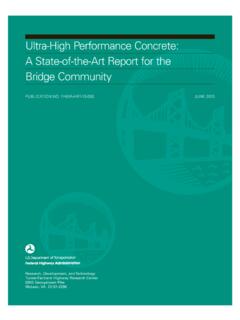
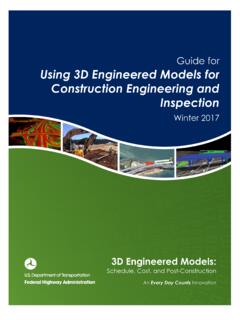


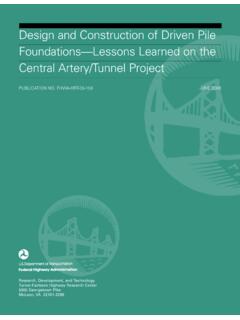





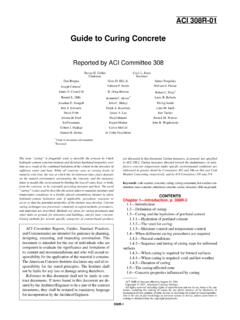
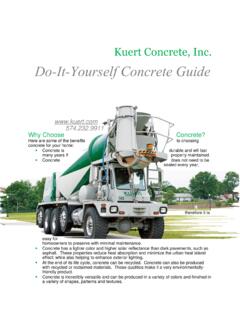
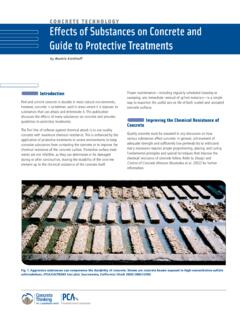
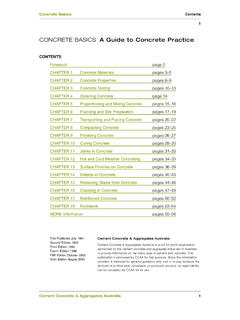
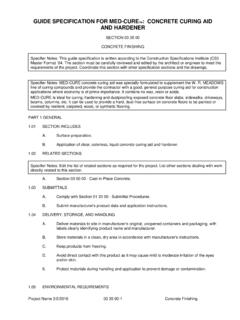
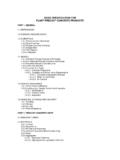

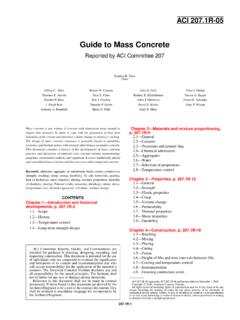
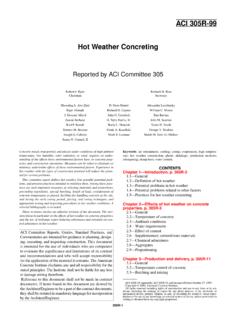
![6ITSVXIH F] %'- 'SQQMXXII - dl.mycivil.ir](/cache/preview/4/b/b/f/2/e/8/1/thumb-4bbf2e81b2b2df04c22714e49f0954ce.jpg)